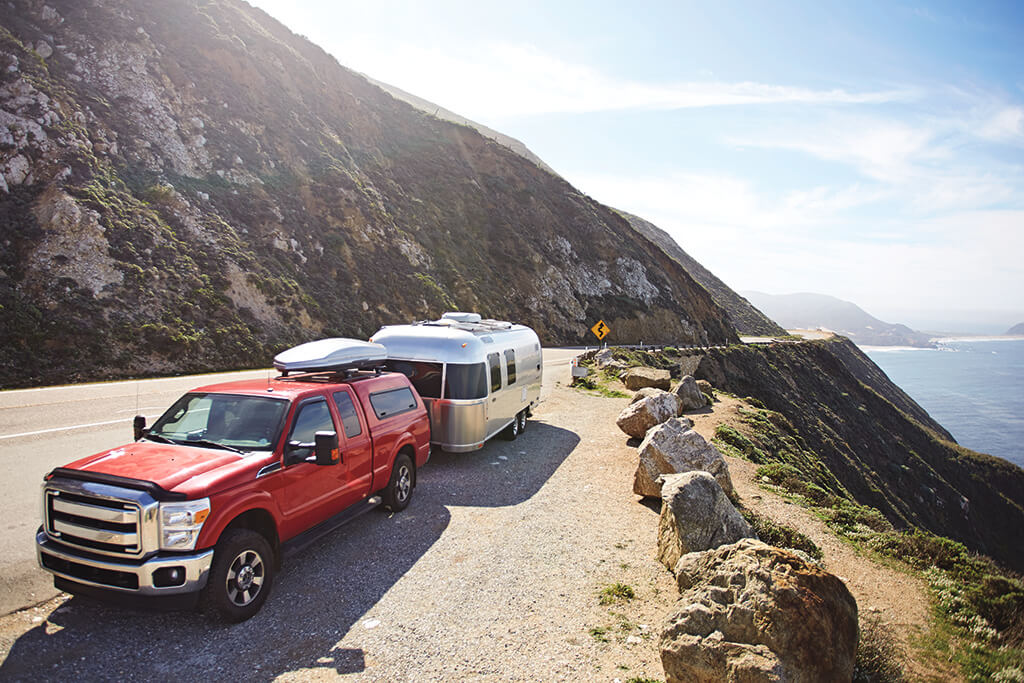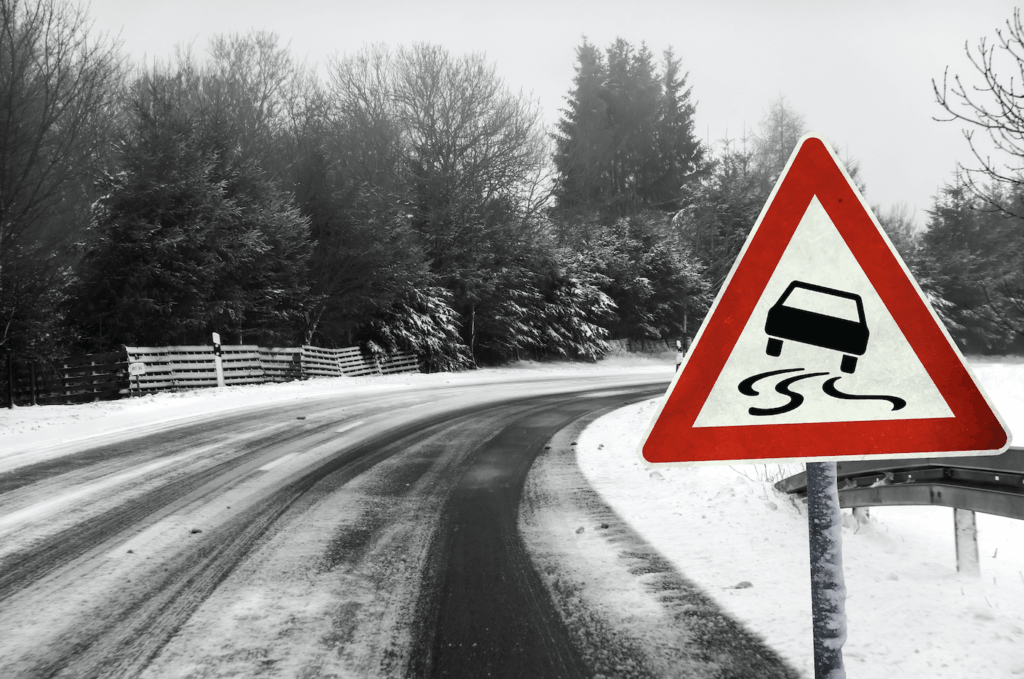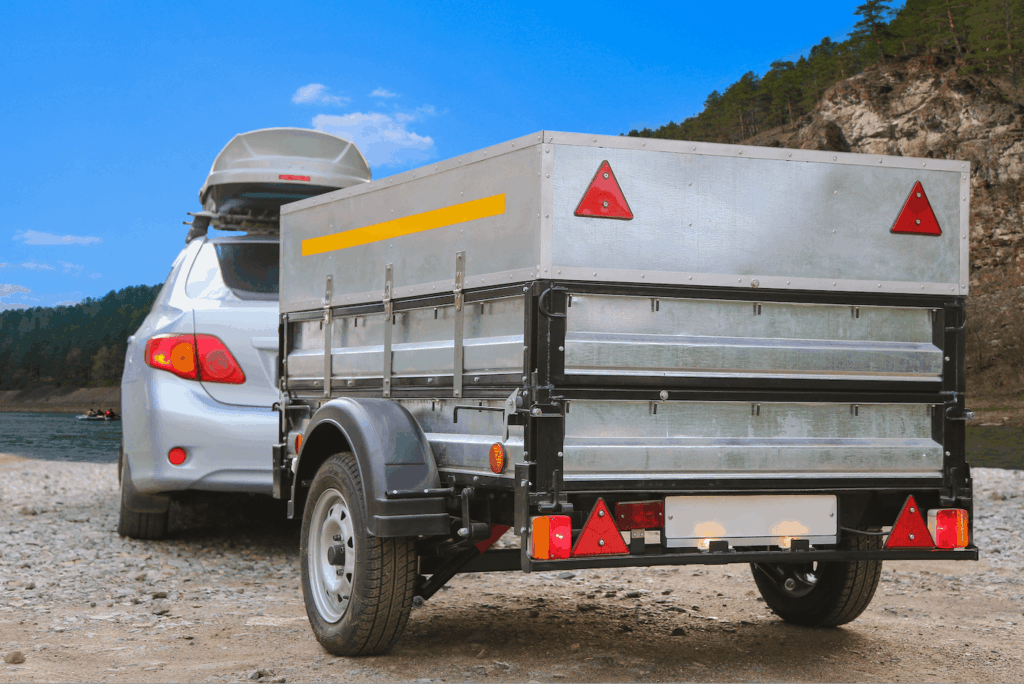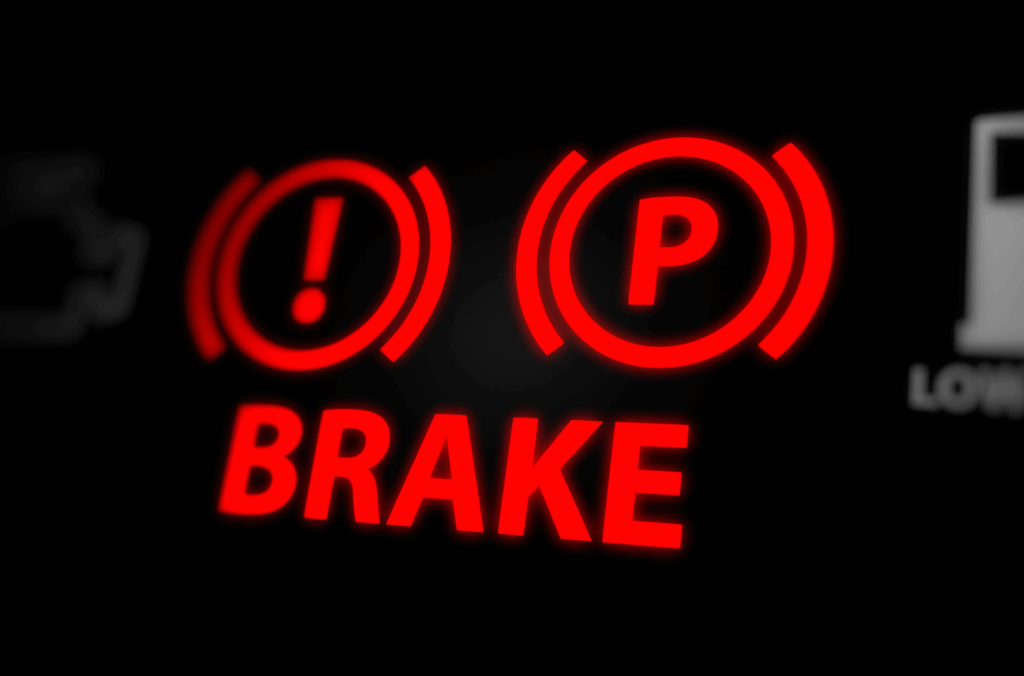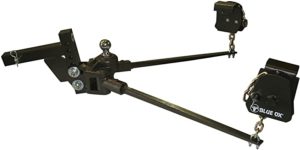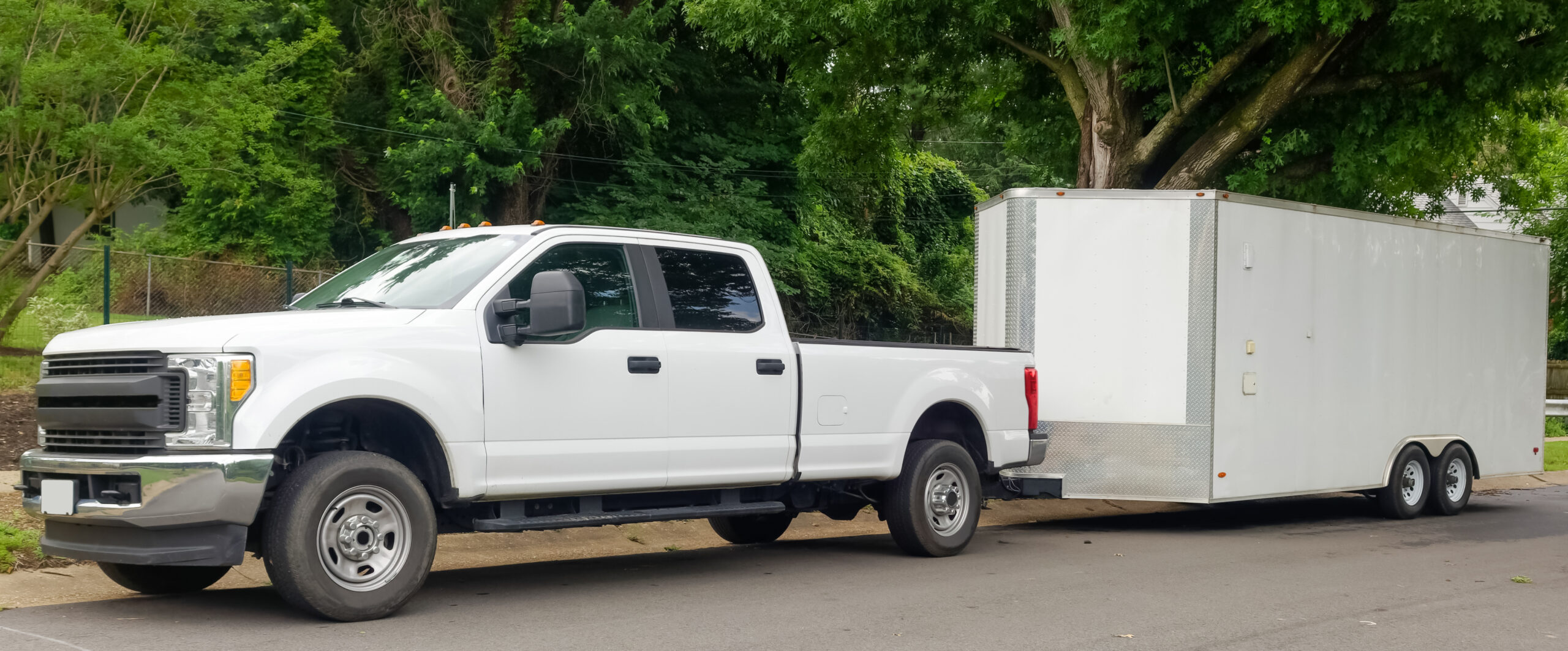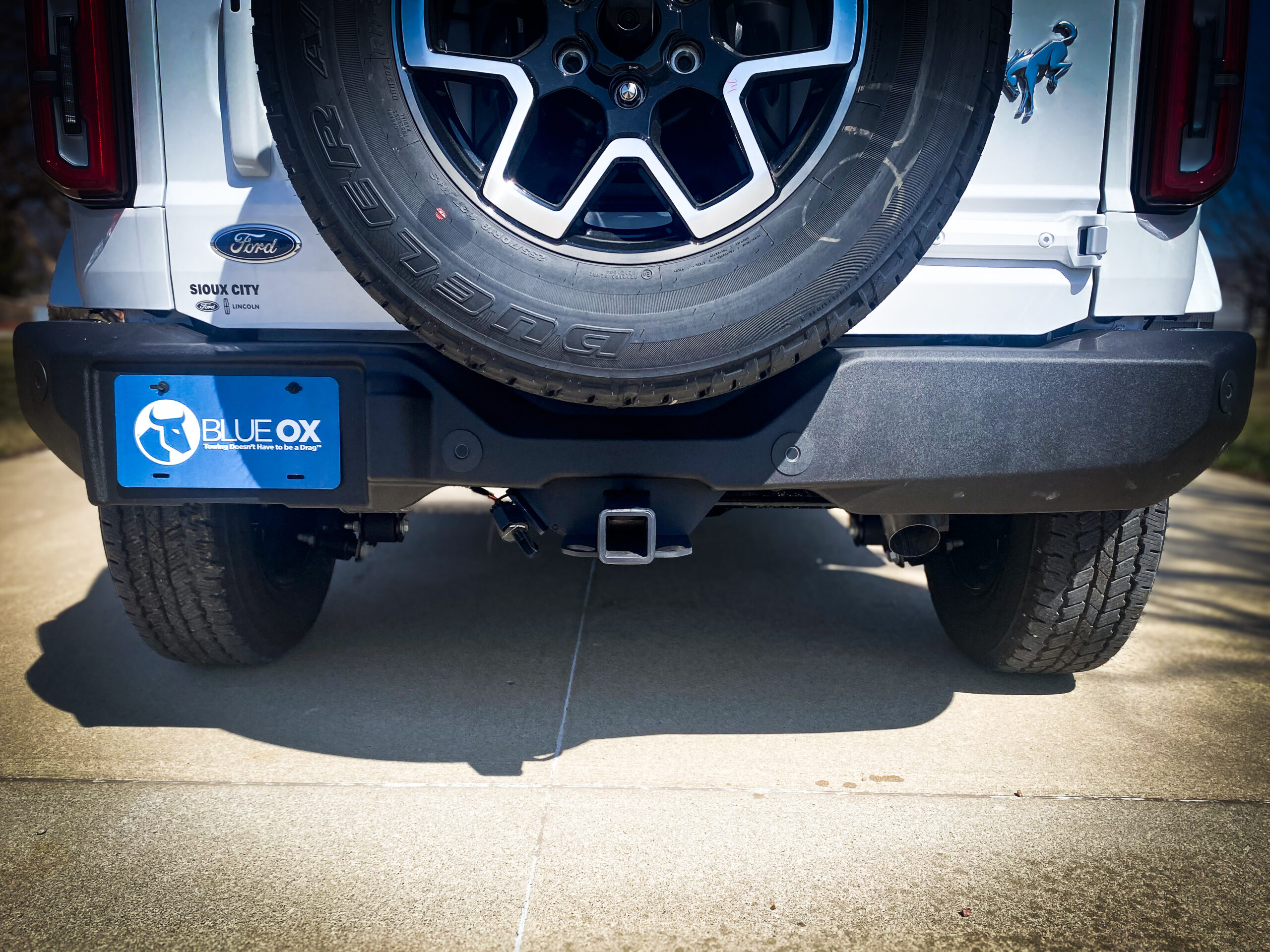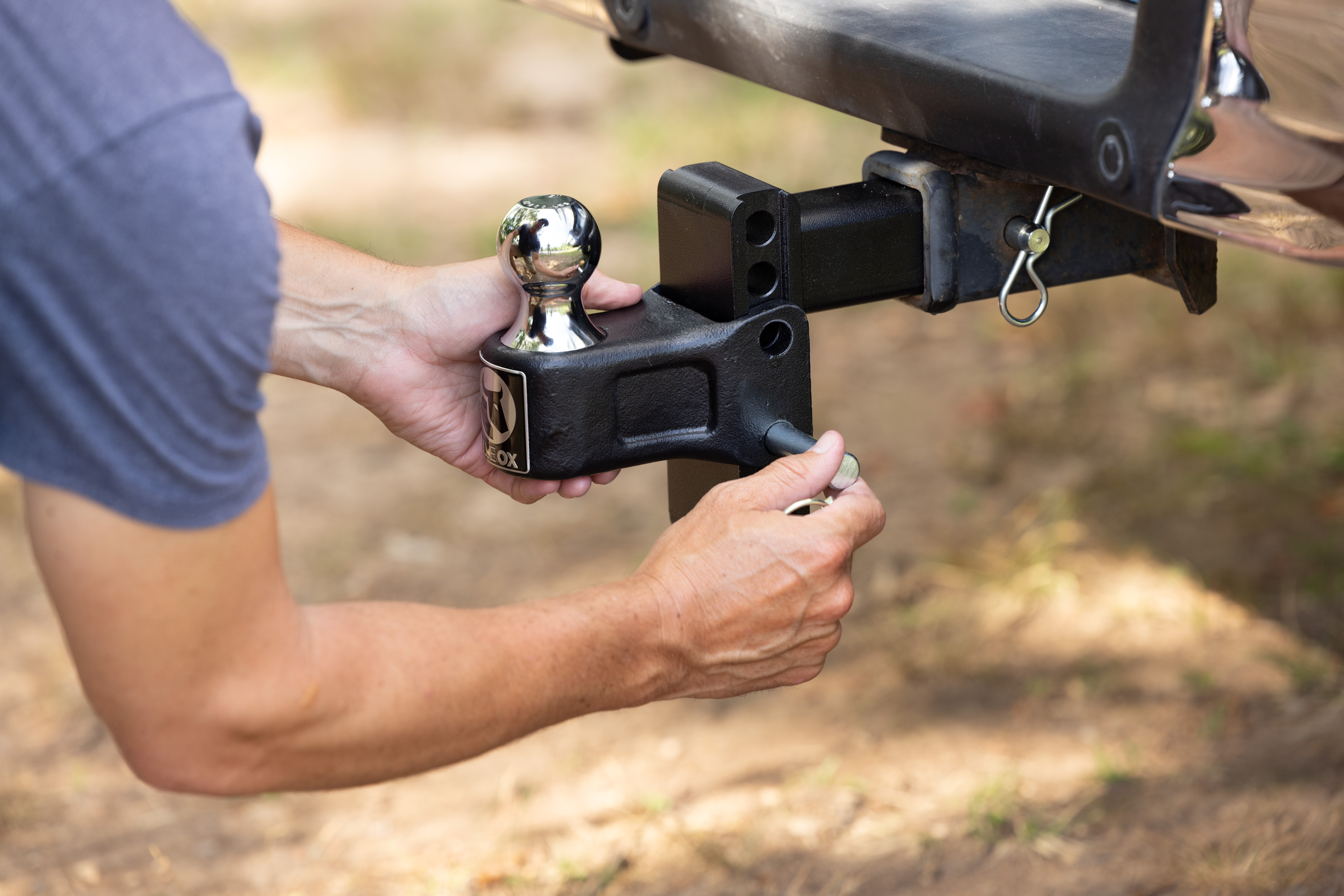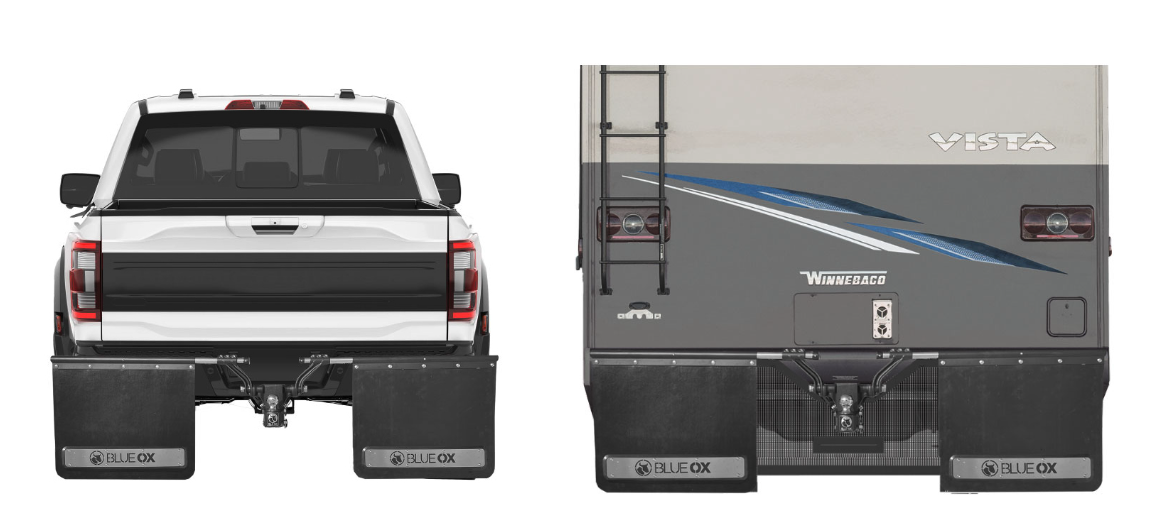No matter how much trailer towing experience you may have, any driver can experience loss of control over their trailer without warning. And if you have ever experienced that scary moment when trailer sway begins, you know it’s important to react quickly, calmly and appropriately. Trailer sway is a common cause of accidents involving trailers. Here are the steps for what to do when trailer sway starts.
- Immediately let off the gas pedal and avoid stepping on the brake pedal! Your instincts may make you want to step on the brakes immediately, but braking suddenly can make the sway worse and cause you to lose control. You should remove your foot from the accelerator so your speed reduces gradually.
- Keep the steering wheel straight. Attempting to fight the sway by turning the wheel will only worsen it and accentuate the problem.
- Let your vehicle slow down on its own.
- If you have trailer brakes, you can manually apply them gently once the speed decreases.
- In some cases, a slight increase in speed can put forward pressure on the trailer tongue and straighten it a bit. Do NOT increase speed if you are going downhill.
- Once you have regained control, pull over to a safe area and check your cargo to see if it shifted or needs to be moved around, so more weight is at the front of the trailer. About 60% of the trailer weight should be at the front. Check your ties or straps to ensure they are secure so items don’t possibly shift again.
- Once you’re back on the road, maintain a slower speed while driving. Stay about 10 mph under the rate at which you noticed the trailer sway starting.
- Get your hitch inspected to ensure it is not defective. Replace it if necessary.
- Consider upgrading your brake control system and installing a weight distribution hitch.
What Causes Trailer Sway?
There are a variety of things that can cause trailer sway to start. Some common trailer towing mistakes are avoidable, while others may not. Having a clear idea of what could be causing your trailer to sway may help you be better prepared if it happens.
Wind Gusts
The wind is the most common cause of trailer sway. A strong force pushing your trailer from one side or the other can cause it to sway from side to side. This is usually the result of strong gusts of wind or passing a high-profile vehicle, such as an 18-wheeler who is traveling at high speeds. Wind can be unpredictable, but if you know you are traveling through a windy area, plan on giving yourself some extra time to get to your destination so you can drive a bit slower.
Poor Driving Conditions
Aside from the wind, other driving conditions can cause your trailer to sway. If you are driving on uneven road surfaces, such as in a construction zone or a rural area, your trailer may begin to fishtail. Inclement weather, such as rain, ice, and snow, could also have a negative impact on the driving conditions and cause trailer sway.
Excessive Speed
Many of the tires that come on a trailer are only rated for speeds up to 65mph, but many highway speeds allow you to go 70-75mph. While it’s tempting to speed up to get where you’re going quicker, it could be the difference between arriving safely or experiencing trailer sway and potentially causing an accident. No destination is worth rushing to if it means you may not get there at all!
Excessive Tongue Weight
Excessive weight could be in the tongue weight or the weight of your trailer load. If the trailer is too heavy, it can cause the tow vehicle to squat and make the rear “squirm,” creating sway in the trailer. The tongue weight should also be around 15% of the trailer’s total weight to avoid squatting.
Improper Weight Distribution
Contrary to what some people may think, you can’t simply throw cargo onto your trailer, strap it down, and take off. You have to be more organized than that when loading up your trailer. If too much weight is in the back of the trailer, it is likely to start fishtailing when you get on the highway. While using a weight distribution hitch can help, you still need to do everything you can to create conditions that will help you avoid trailer sway in the first place.
Low Tire Pressure
The sidewalls can start to bow and compress without enough tire pressure on the trailer or tow vehicle tires. Inflating the vehicle’s rear tires to the maximum recommended pressure should keep them from becoming too compressed. Check the tire pressure at stops along your trip and add air when needed.
How To Prevent Trailer Sway
While knowing what to do when trailer sway starts is essential to keep you, your passengers, and others on the road safe, learning how to prevent it is just as crucial. Before you hit the road, you want to be sure you’ve done everything possible to avoid trailer sway.
Proper Trailer Weight Distribution
Proper trailer weight distribution is key to preventing sway. Load your trailer evenly from left to right and keep roughly 60% of the total weight toward the front, closest to your tow vehicle. This front-heavy balance helps keep the trailer stable and prevents the rear from taking control. Pack items tightly and secure them so they don’t shift on the road.
Check Your Tongue Weight
Your tongue weight should fall between 10–12% of the total trailer weight to reduce oversteering in the tow vehicle. A tongue weight that’s too high or too low can increase sway, so using a tongue weight scale is a smart investment if you tow frequently or manage multiple trailers.
Don’t Overload
Always stay within the weight ratings of both your trailer and tow vehicle. Even if your engine has the power to haul more, other components—like the hitch, bushings, and shocks—might not be built to handle it. Overloading can cause serious wear or damage, so inspect the hitch, ball mount, suspension, and frame for stress before every tow. While a weight distribution hitch can help, proper loading is still the foundation of a stable, safe towing setup.
Opt for the Right Tow Package and Stiff Tires
If you’re buying a vehicle for towing, choose one with a tow package. This typically includes a hitch, trailer wiring, upgraded transmission cooling, and sometimes stronger batteries, brakes, and alternators. A properly equipped tow vehicle provides a smoother, safer ride. If your vehicle came with Passenger tires, consider switching to Light Truck tires. Their stiffer sidewalls handle heavy loads better, reduce rear-end “squirm,” and help minimize trailer sway.
Avoid Sudden Movements
Avoid slamming on the brakes, abruptly letting off the gas, or overcorrecting the steering. These maneuvers will cause the trailer to sway and possibly lose control, potentially resulting in a jackknife. Your vehicle’s stability might have a direct impact on your trailer’s stability. So to avoid these sudden movements, leave plenty of space between you and other vehicles, plan turns in advance, take your time during lane changes, and allow yourself plenty of time for travel, so you never have to be in a rush.
Drive Slower Than Usual
This might be one of the most challenging pieces of advice for some to follow. Once you are on the open road, it can be easy to let your foot get a little heavy, and you don’t notice it until your trailer starts to sway. By then, it is too late. Knowing this ahead of time, you should plan to travel at a slower pace and give yourself the additional time you need to get to your destination safely. Trailer sway is more likely to occur at higher speeds.
Install SwayPro
The safest and most effective way to prevent trailer sway is using SwayPro by Blue Ox. This weight distribution hitch stops trailer sway before it starts by using tension to keep its spring bars taut, and the attached brackets ensure those spring bars keep the trailer in line with the towing vehicle. It is very user-friendly and allows you to back up without disconnecting. SwayPro can help prevent sway caused by any of the reasons mentioned above.
Be Safe on the Road
Be a responsible driver and do your part to prevent the trailer sway from starting. Upgrade your towing set-up to increase your safety on the road by installing the SwayPro weight distribution hitch. SwayPro works in any weather, is easy to install, and you can back up without disconnecting. Contact Blue Ox today to discuss our SwayPro weight distribution hitch, or click here to order one today!

